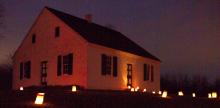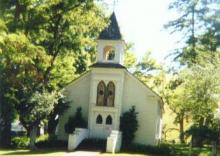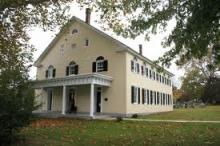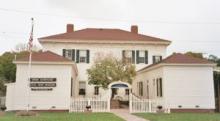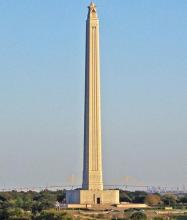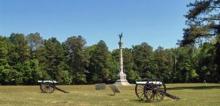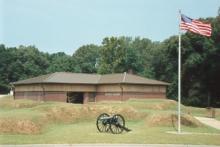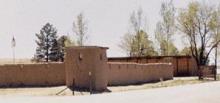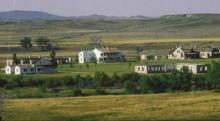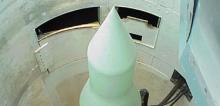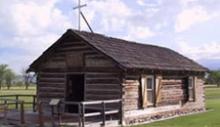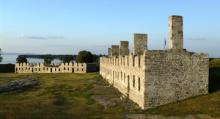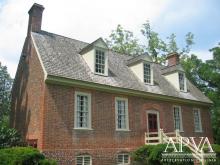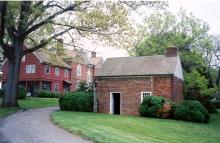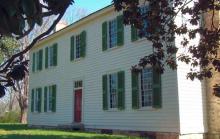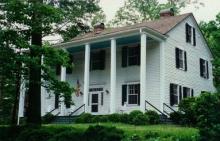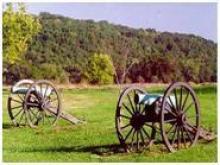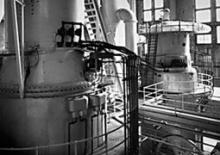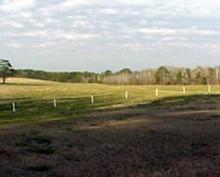Berkshire Museum

In 1903, Berkshire Museum founder, Zenas Crane, was inspired by such institutions as the American Museum for Natural Science, the Smithsonian, and the Metropolitan Museum of Art. He wanted to blend the best of these establishments in a new museum for the people of Western Massachusetts. Thanks in large part to Mr. Crane himself, the Berkshire Museum’s broad and varied collections include pieces from virtually every continent, a mixture of the whimsical and the exemplary, important fine art and sculpture, natural science specimens, and ancient artifacts.
The diverse collections also feature artifacts of ancient history and natural science – specimens from around the world and across the ages: fossil collections, a 143-pound meteorite, shards of Babylonian cuneiform tablets, samplings of early Mediterranean jewelry, and representations of the Berkshire’s ecosystems including local mammals, birds, reptiles, fish, insects, plants, and minerals.
The Berkshire Museum is the repository for objects associated with the lives of well-known figures in American history. The first successful expedition to the North Pole by Robert E. Peary and Matthew Henson in 1908-1909 was supported by Mr. Crane, and Henson’s whole-body arctic fur suit, the sledge that made the trip, and other equipment found a home at the Berkshire Museum. Here also are the writing desk of Nathanial Hawthorne and the musket believed to have belonged to Israel Bissell (a cohort of Paul Revere) who made a midnight ride to Philadelphia to warn that “The British are coming!”
As the years passed, the Berkshire Museum has been a leader in presenting some of the most interesting and accomplished artists from the United States and abroad: Gilbert Stuart, Rembrandt Peale, John Singleton Copley, Thomas Sully, Paul Cézanne, Pierre Auguste Renoir, and John Singer Sargent. In the 1930s, the Berkshire Museum was the first to commission two site-specific mobiles (then a unique form of art) from Alexander Calder, who went on to become one of the most significant artists in the 20th century. In the 1950s, the Berkshire Museum was the first to display the work of Norman Rockwell, and also it did not shy away from displaying artists that challenged convention, such as Andy Warhol, Red Grooms, Robert Rauschenberg, Ellsworth Kelly, and Nancy Graves.










